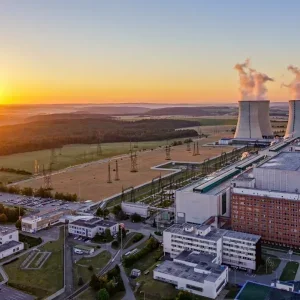
The California Public Utilities Commission (CPUC), an agency that regulates privately owned public utilities in the US state of California, has announced plans to double the installed clean energy capacity target by 2030 in a bid to reduce its CO2 footprint.
By 2030, the CPUC aims to achieve greenhouse gas reduction target of 46 million metric tonnes (MMT), approximately 56% below 1990 levels, in its electric sector.
CPUC commissioner Liane Randolph said: “The Decision adopted today provides guidance to load-serving entities to go out and procure approximately double the amount of renewable and storage capacity that is currently online in the electric system in California.”
CPUC’s targets exceed the state’s policy to reduce CO2 emissions
The move is expected to exceed the state’s policy to reduce CO2 emissions to 40% below 1990 levels by 2030.
Additional, the decision, which further supports California’s pledge to fight climate change and maintain a reliable grid, also establishes new resource planning guidance for the electricity provider.
The regulator said in a statement: “The adopted reference portfolio identifies the need for nearly 25,000 megawatts (MW) of additional renewable and storage resources to come online by 2030, including 8,900 MW of new battery storage, roughly eight times the total installed battery capacity nationwide as of 2018.”
CPUC noted that the electricity providers are required to outline their share of the adopted 46MMT target, as well as a deeper target of 38MMT by 2030.
CPUC Commissioner Liane Randolph, the assigned Commissioner leading the IRP proceeding, said: “The Decision adopted today provides guidance to load-serving entities to go out and procure approximately double the amount of renewable and storage capacity that is currently online in the electric system in California,”






